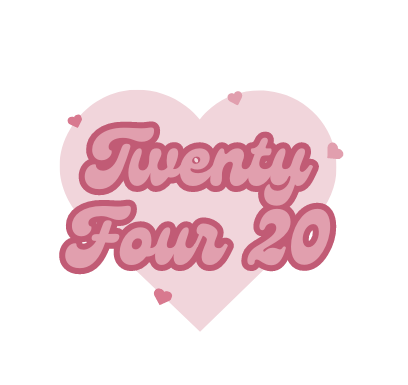Scalable Vector Graphics, commonly abbreviated as SVG, stands as a dynamic and widely utilized file format in the realm of digital design. SVG is unique in its characteristics, offering a versatile canvas for creating graphics that are both scalable and adaptable to various contexts.
Understanding SVG:
1. Vector-Based Precision:
At its core, SVG is a vector-based file format, meaning that images created in SVG are defined mathematically as shapes and paths rather than a grid of pixels. This vector nature ensures that graphics can be scaled infinitely without sacrificing quality, making SVG ideal for responsive web design and various digital applications.
2. XML Markup Structure:
SVG files are structured using XML (eXtensible Markup Language), a markup language that defines rules for encoding documents in a format that is both human-readable and machine-readable. This XML structure provides a clear and standardized way to describe the elements within the SVG file, such as shapes, colors, and text.
3. Open Standard Specification:
SVG is an open standard developed by the World Wide Web Consortium (W3C), making it a widely accepted and supported format. Being an open standard means that SVG files can be created, modified, and displayed consistently across various platforms and applications.
Key Features of SVG:
1. Scalability:
The defining feature of SVG is its scalability. Whether viewed on a small mobile screen or a large desktop monitor, SVG images maintain their sharpness and clarity. This makes SVG files essential for creating graphics that seamlessly adapt to different screen sizes and resolutions.
2. Interactivity:
SVG supports interactivity, allowing designers to create dynamic and engaging content. Through the use of CSS (Cascading Style Sheets) and JavaScript, SVG elements can be animated, making them suitable for interactive graphics, data visualizations, and user interfaces.
3. Accessibility:
SVG files inherently support accessibility features. Designers can include text descriptions within the SVG code, ensuring that the content is accessible to individuals with disabilities or those using screen readers. This commitment to accessibility aligns with the principles of inclusive design.
Practical Applications of SVG:
1. Web Design:
SVG is a cornerstone in web design. Its scalability ensures that graphics, including logos and icons, look crisp on various devices. The ability to embed SVG directly into HTML makes it a preferred choice for creating visually appealing and responsive websites.

2. Iconography and UI Design:
SVG files are widely used for creating icons and user interface elements. Their vector nature allows for the creation of detailed and adaptable icons that enhance the overall user experience in websites and applications.

3. Animations and Multimedia:
SVG’s support for animation makes it suitable for multimedia applications. Designers can craft animated graphics and illustrations, providing an engaging and dynamic visual experience.

4. Print Design:
Beyond the digital realm, SVG files can seamlessly transition to print media. Designers can utilize SVG graphics in print materials such as brochures, posters, and other promotional materials without compromising quality.

In conclusion, SVG, or Scalable Vector Graphics, is a versatile and open standard file format that has become integral to modern digital design. Its vector-based precision, XML markup structure, and support for scalability, interactivity, and accessibility make it a preferred choice for designers and developers alike. As technology continues to advance, SVG’s influence in shaping the visual landscape of the digital world is set to grow, ensuring its enduring relevance in creative endeavors.
If you found this content beneficial, consider exploring additional articles on related topics to deepen your understanding and enhance your skills. Feel free to check out the following articles for further insights:
What is an SVG Image? Unraveling the Wonders of Scalable Vector Graphics
Decoding SVG Fonts: A Comprehensive Guide to Understanding Their Essence

